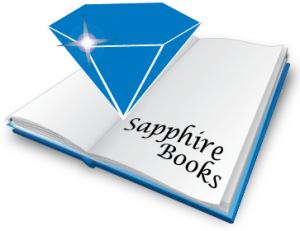All about the covers by Barrett Magill 
This morning I got a first glimpse of Cover flat for my new release Highland Dew. It looked stunning and contained the cover blurb I received from Melinda Mullet. I’ve never asked anyone for a cover blurb, but after reading two of her whiskey business mysteries, I thought she would be the perfect person to provide one. And it was perfect.
I’m really excited about this book because, like Balefire, it’s built around a location that I dearly love: Scotland. When I first described the gist of the story to Sapphire’s extraordinary cover designer, she jumped on it and sent me three samples. It was impossible to choose one because all three were perfect depictions. In the end, I chose the barrelhead because it was the heart of the story. It’s gotten a number of compliments and the one I liked the best was, “I’d buy the book just for the cover.”
The reason I’m writing this blog is because I want to talk about book covers. I’ve had a number of designs in the past where I described exactly what I thought should be on the cover. It never turned out like my imagined vision. Then came the bargaining to try and include all the things I wanted and still keep the cover clean and attractive. I argued, cajoled, and bargained to try and get what I wanted. Sometimes it was okay; other times it was not.
Coincidentally, when I became friends with Ann McMan in 2013, I learned that she was not only an author, but a career graphic designer by trade. She worked professionally for several leading universities in addition to doing contract design work for other nonprofits. When it came time for me to republish the first two books of the Damaged Series she graciously explained to me the importance of branding. Not only did the series need to have a uniform appearance, I needed a recognizable brand for my work.
When she sent me the first image for Damaged in Service I was surprised by how well it captured underlying theme of the series without appearing cluttered. When the series was completed I had four books with different themes that all blended together—providing a brand for the series.
Side note: after writing Balefire, I was asked to write a novella for the Windsor Series to celebrate marriage equality. As it happened, it was also the first time I went to visit Ann and Salem in North Carolina. She was going to work on the cover and I was allowed to watch. Naturally, I had a brilliant idea of what I wanted. She listened patiently and suggested I should try something more simple. Undeterred, I asked if we could just try it. (First off, she forbade me to use the title I picked out. I won’t even repeat it.)
Ann patiently put together the layers required and added the specifics I requested. Surprisingly, it looked terrible. [Lesson. Learned.] I let go of the controls and watched the magic appear. The cover was beautiful, simple, and conveyed the message.
Over the years, I’ve seen hundreds and hundreds of book covers. Some of them are eye-catching and some are works of art. But, the majority are ludicrous, unattractive, offensive, cluttered, or directly from a clipart catalog of naked people.
I bring this up as I watch wave after wave of new writers emerge with great ideas about their covers. I understand full well that since they were successful enough to get a book published, they obviously have more than enough creativity to design a cover. Wrong. Two different skills.
Not all cover designers are graphic designers. There is a world of difference between sitting home designing on your computer with PowerPoint, clipart and fancy fonts—or going to school to be trained as a designer. The proof, as they say, is in the pudding. While times have changed for the better, LGBT fiction still has some regrettably substandard cover art. If you are proud of your work, be sure to wrap it in something that will showcase how good it is.
So, my authorial compatriots remember two things:
1. you are not a designer so let the professionals do it; and
2. LESS IS MORE.
Let your cover designers create. Provide them with the essence of your story and allow them run with it. It’s what they’re trained to do.
End of rant.
Barrett Magill's is the author off several book. Her newest, Highland Dew is out now.

